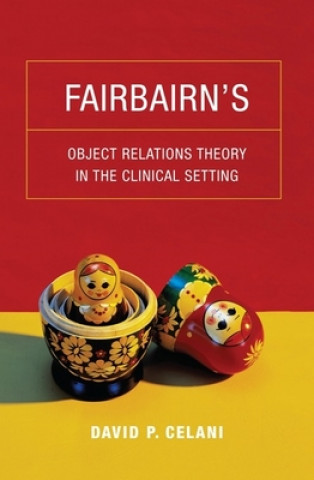
Kód: 04042079
Fairbairn's Object Relations Theory in the Clinical Setting
Autor DavidP Celani
W. R. D. Fairbairn (1889-1964) challenged the dominance of Freud's drive theory with a psychoanalytic theory based on the internalization of human relationships. Fairbairn assumed that the unconscious develops in childhood and con ... celý popis
- Jazyk:
 Angličtina
Angličtina - Vazba: Brožovaná
- Počet stran: 240
Nakladatelství: Columbia University Press, 2010
- Více informací o knize

1392 Kč

Skladem u dodavatele v malém množství
Odesíláme za 10-15 dnů
Potřebujete více kusů?Máte-li zájem o více kusů, prověřte, prosím, nejprve dostupnost titulu na naši zákaznické podpoře.
Přidat mezi přání
Mohlo by se vám také líbit
Dárkový poukaz: Radost zaručena
- Darujte poukaz v libovolné hodnotě a my se postaráme o zbytek.
- Poukaz se vztahuje na celou naši nabídku.
- Elektronický poukaz vytisknete z e-mailu a můžete ihned darovat.
- Platnost poukazu je 12 měsíců od data vystavení.
Více informací o knize Fairbairn's Object Relations Theory in the Clinical Setting
Nákupem získáte 139 bodů
 Anotace knihy
Anotace knihy
W. R. D. Fairbairn (1889-1964) challenged the dominance of Freud's drive theory with a psychoanalytic theory based on the internalization of human relationships. Fairbairn assumed that the unconscious develops in childhood and contains dissociated memories of parental neglect, insensitivity, and outright abuse that are impossible the children to tolerate consciously. In Fairbairn's model, these dissociated memories protect developing children from recognizing how badly they are being treated and allow them to remain attached even to physically abusive parents. Attachment is paramount in Fairbairn's model, as he recognized that children are absolutely and unconditionally dependent on their parents. Kidnapped children who remain attached to their abusive captors despite opportunities to escape illustrate this intense dependency, even into adolescence. At the heart of Fairbairn's model is a structural theory that organizes actual relational events into three self-and-object pairs: one conscious pair (the central ego, which relates exclusively to the ideal object in the external world) and two mostly unconscious pairs (the child's antilibidinal ego, which relates exclusively to the rejecting parts of the object, and the child's libidinal ego, which relates exclusively to the exciting parts of the object). The two dissociated self-and-object pairs remain in the unconscious but can emerge and suddenly take over the individual's central ego. When they emerge, the "other" is misperceived as either an exciting or a rejecting object, thus turning these internal structures into a source of transferences and reenactments. Fairbairn's central defense mechanism, splitting, is the fast shift from central ego dominance to either the libidinal ego or the antilibidinal ego-a near perfect model of the borderline personality disorder. In this book, David Celani reviews Fairbairn's five foundational papers and outlines their application in the clinical setting. He discusses the four unconscious structures and offers the clinician concrete suggestions on how to recognize and respond to them effectively in the heat of the clinical interview. Incorporating decades of experience into his analysis, Celani emphasizes the internalization of the therapist as a new "good" object and devotes entire sections to the treatment of histrionic, obsessive, and borderline personality disorders.
 Parametry knihy
Parametry knihy
Zařazení knihy Knihy v angličtině Society & social sciences Social services & welfare, criminology Social welfare & social services
1392 Kč
- Plný název: Fairbairn's Object Relations Theory in the Clinical Setting
- Autor: DavidP Celani
- Jazyk:
 Angličtina
Angličtina - Vazba: Brožovaná
- Počet stran: 240
- EAN: 9780231149075
- ISBN: 0231149077
- ID: 04042079
- Nakladatelství: Columbia University Press
- Hmotnost: 336 g
- Rozměry: 227 × 153 × 13 mm
- Datum vydání: 07. April 2010
Oblíbené z jiného soudku
-
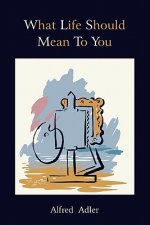
What Life Should Mean to You
433 Kč -
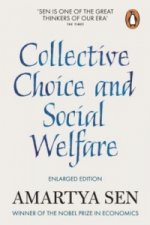
Collective Choice and Social Welfare
410 Kč -
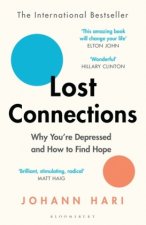
Lost Connections
358 Kč -

Internal Family Systems Therapy with Children
882 Kč -

Shelter
611 Kč -
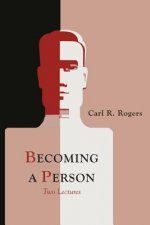
Becoming a Person
178 Kč -
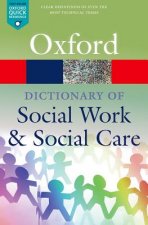
Dictionary of Social Work and Social Care
408 Kč -
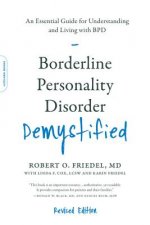
Borderline Personality Disorder Demystified, Revised Edition
393 Kč -

From Coach to Awakener
616 Kč -
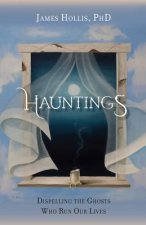
Hauntings - Dispelling the Ghosts Who Run Our Lives
650 Kč -

White Man's Burden
383 Kč -

Shed That Fed 2 Million Children
304 Kč -

Generosity Network
625 Kč -
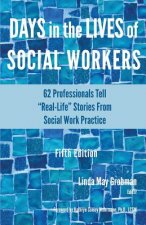
Days in the Lives of Social Workers
733 Kč -

Simple Guide to Child Trauma
429 Kč -

Limits of State Action
355 Kč -

Denied a Mummy
403 Kč -
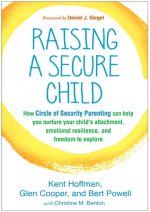
Raising a Secure Child
424 Kč -

Billionaire Who Wasn't
431 Kč -
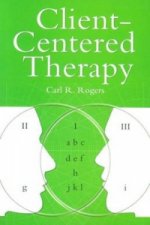
Client Centered Therapy (New Ed)
464 Kč -
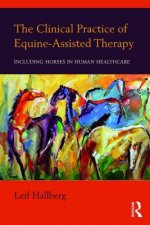
Clinical Practice of Equine-Assisted Therapy
1369 Kč -
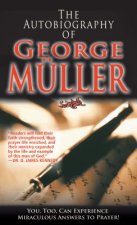
Autobiography of George Muller
214 Kč -

Promise of a Pencil
276 Kč -

Active Listening
277 Kč -

Animal Assisted Therapy Activities to Motivate and Inspire
515 Kč -
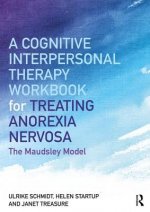
Cognitive-Interpersonal Therapy Workbook for Treating Anorexia Nervosa
882 Kč -

Counselling for Toads
882 Kč -

English for Law Enforcement Student's Book Pack
1138 Kč -
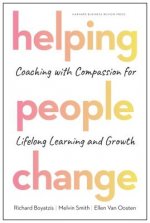
Helping People Change
736 Kč -
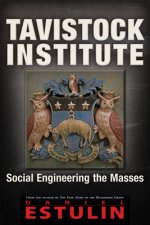
Tavistock Institute
493 Kč -
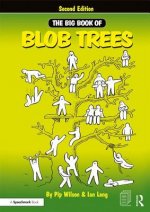
Big Book of Blob Trees
1508 Kč -

Three Cups Of Tea
306 Kč -

Counselling Skills for Working with Trauma
869 Kč -

I Shall Not Hate
357 Kč -

Counselling Skills for Working with Shame
869 Kč -

Conversations That Matter
987 Kč -

Therapeutic Journal Writing
986 Kč -
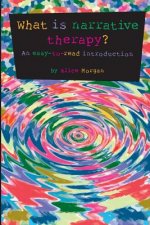
What is Narrative Therapy?
454 Kč -

Practical Guide to Mindfulness-Based Compassionate Living
882 Kč -
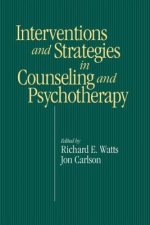
Intervention & Strategies in Counseling and Psychotherapy
2002 Kč -

Smart but Scattered--and Stalled
487 Kč -
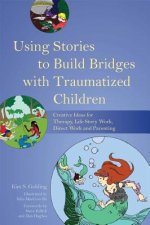
Using Stories to Build Bridges with Traumatized Children
697 Kč -

Enforcing Order - An Ethnography of Urban Policing
755 Kč -
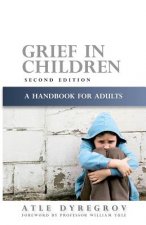
Grief in Children
595 Kč -

Poetry and Story Therapy
986 Kč -
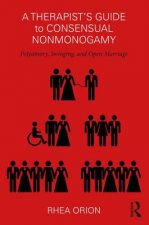
Therapist's Guide to Consensual Nonmonogamy
1341 Kč -
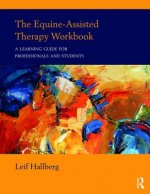
Equine-Assisted Therapy Workbook
1441 Kč -

Marriage Clinic
1152 Kč -
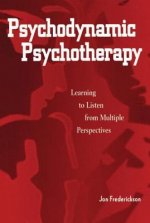
Psychodynamic Psychotherapy
1864 Kč
Osobní odběr Praha, Brno a 12903 dalších
Copyright ©2008-24 nejlevnejsi-knihy.cz Všechna práva vyhrazenaSoukromíCookies



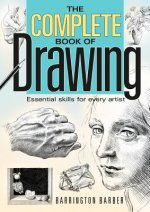

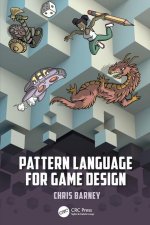
 Vrácení do měsíce
Vrácení do měsíce 571 999 099 (8-15.30h)
571 999 099 (8-15.30h)